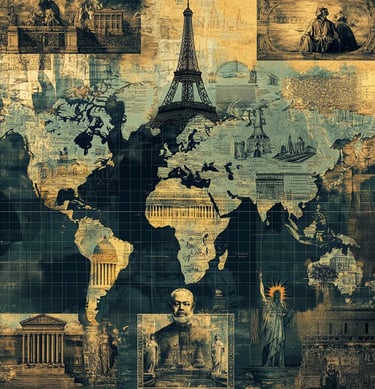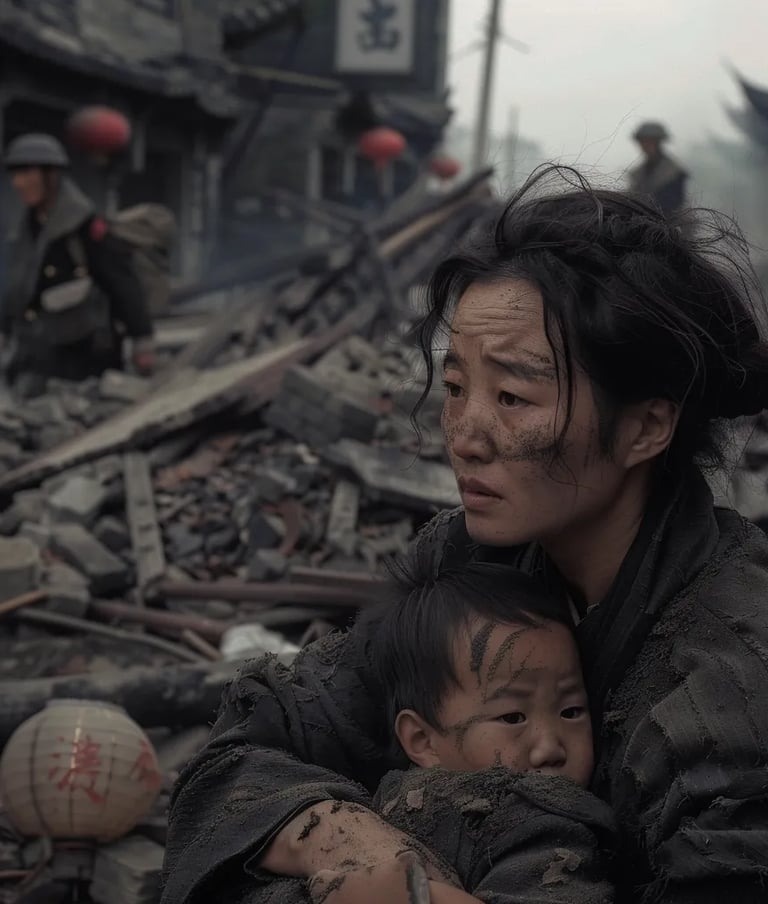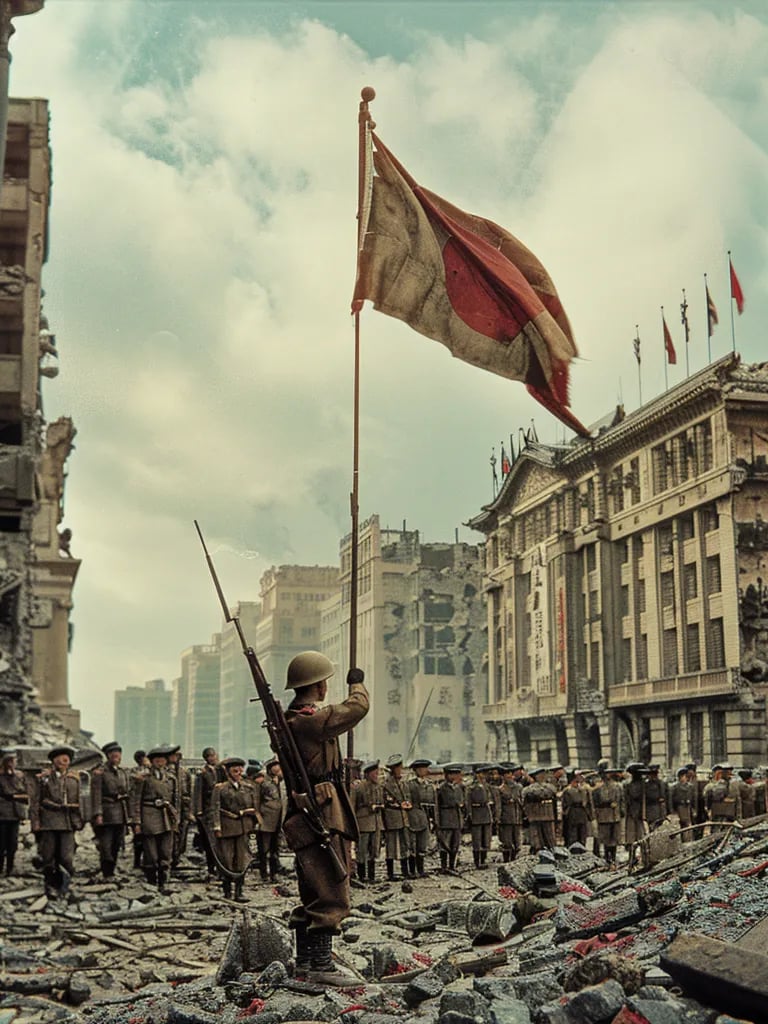France witnessed a dramatic power shift on November 9, 1799, as Napoleon Bonaparte orchestrated a coup d'état, toppling the existing government. Seizing control, he declared himself First Consul, effectively becoming the nation’s dictator. His rise to power marked the beginning of an era of sweeping reforms, military dominance, and eventually, an empire that would reshape Europe for years to come.
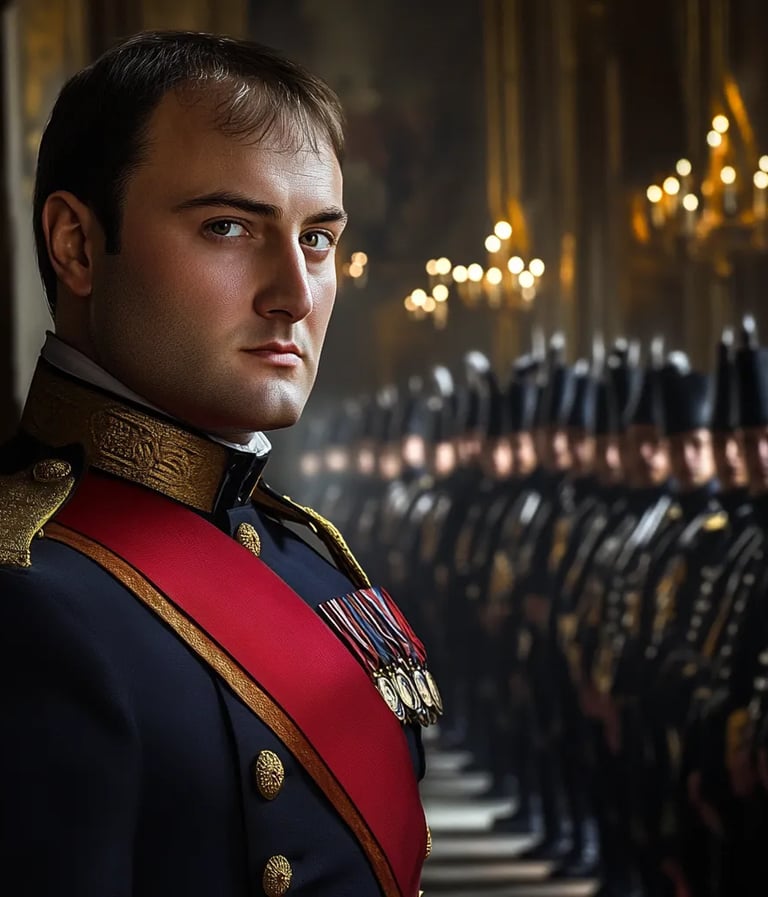

1799 – Napoleon’s Bold Coup Makes Him Ruler of France
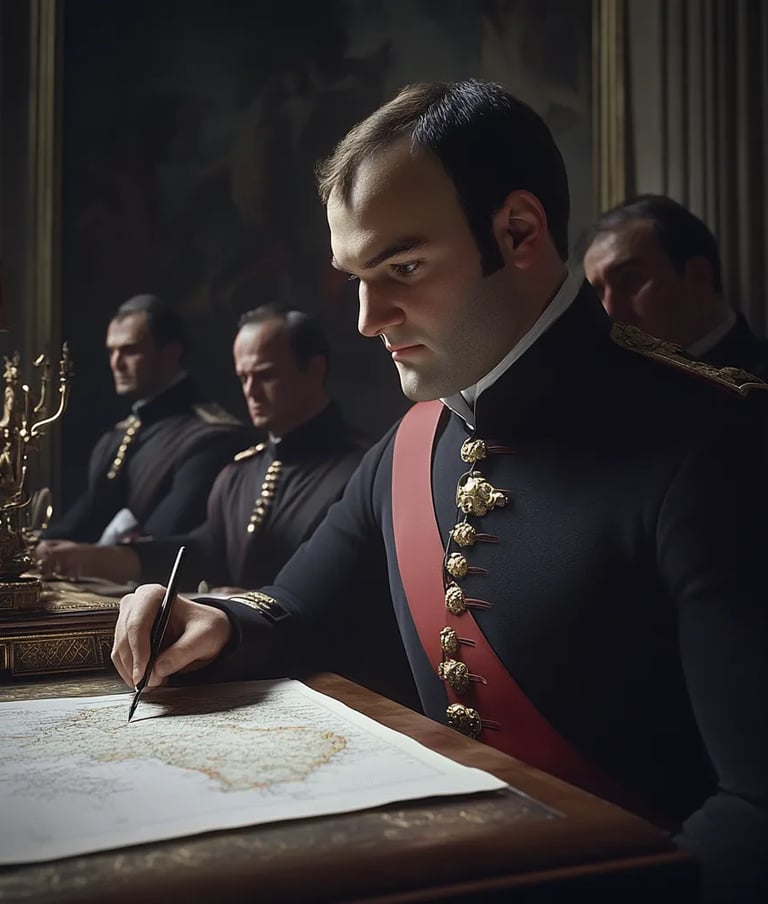

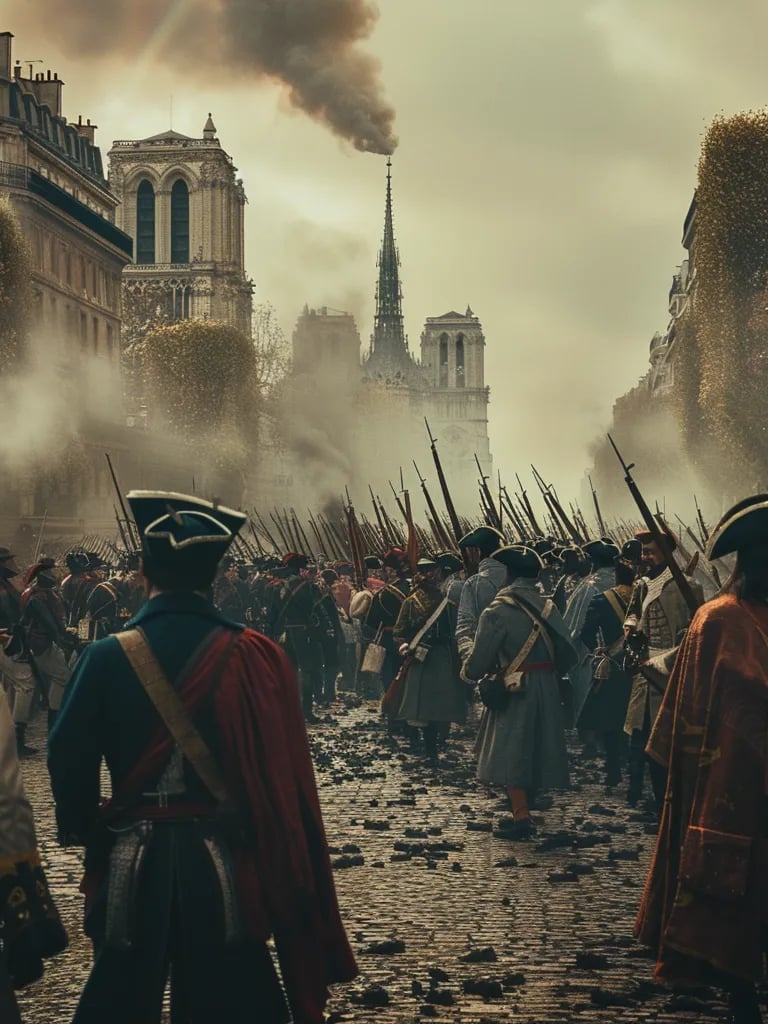

Calvin Fairbank, a minister dedicated to freeing enslaved people, was forcibly taken by Kentucky marshals on November 9, 1851. Captured in Indiana, he was dragged across state lines to stand trial for aiding a fugitive slave. Sentenced to years of brutal imprisonment, his ordeal highlighted the deep divide in America over slavery, foreshadowing the conflicts that would erupt in the coming decade.
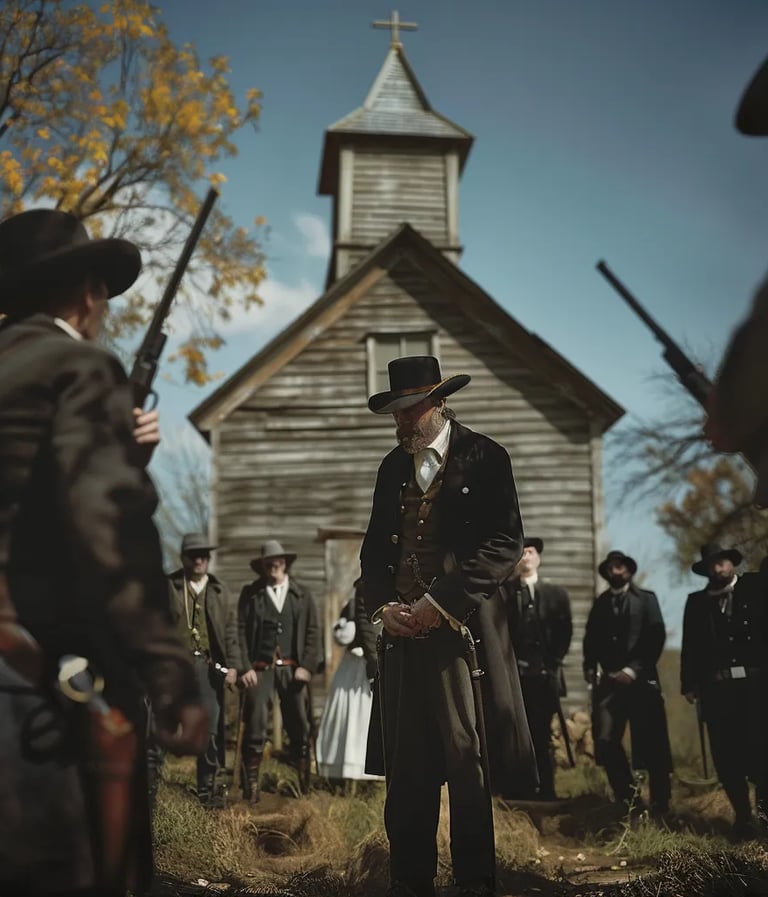

1851 – Abolitionist Minister Kidnapped for Helping a Slave Escape
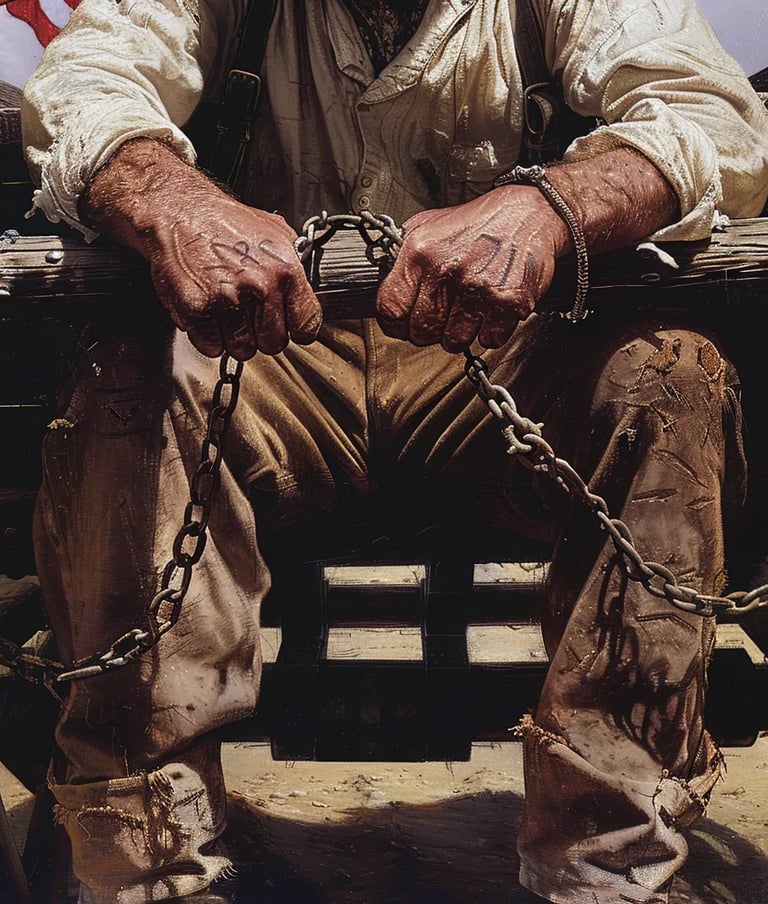

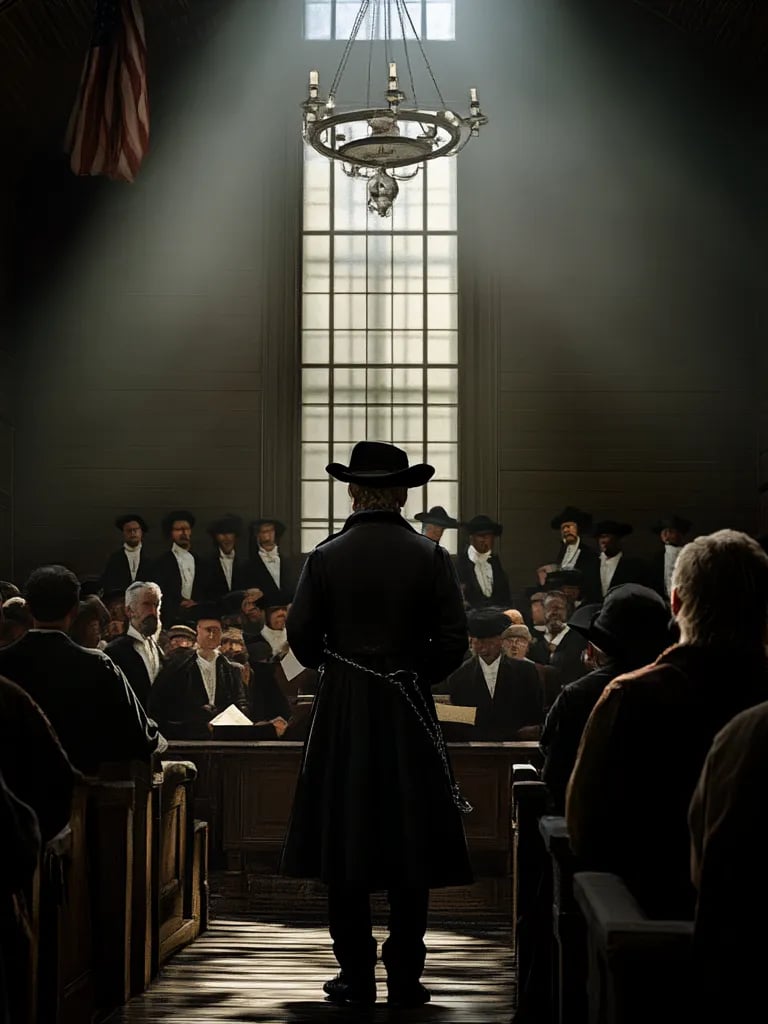

In a controversial decision, Union General Ulysses S. Grant issued an order on November 9, 1862, barring Jews from serving under his command. The order was part of an effort to curb illegal trade in the war zone but was widely criticized for its blatant discrimination. It was later revoked, yet it remains a dark chapter in Grant’s otherwise storied military career.
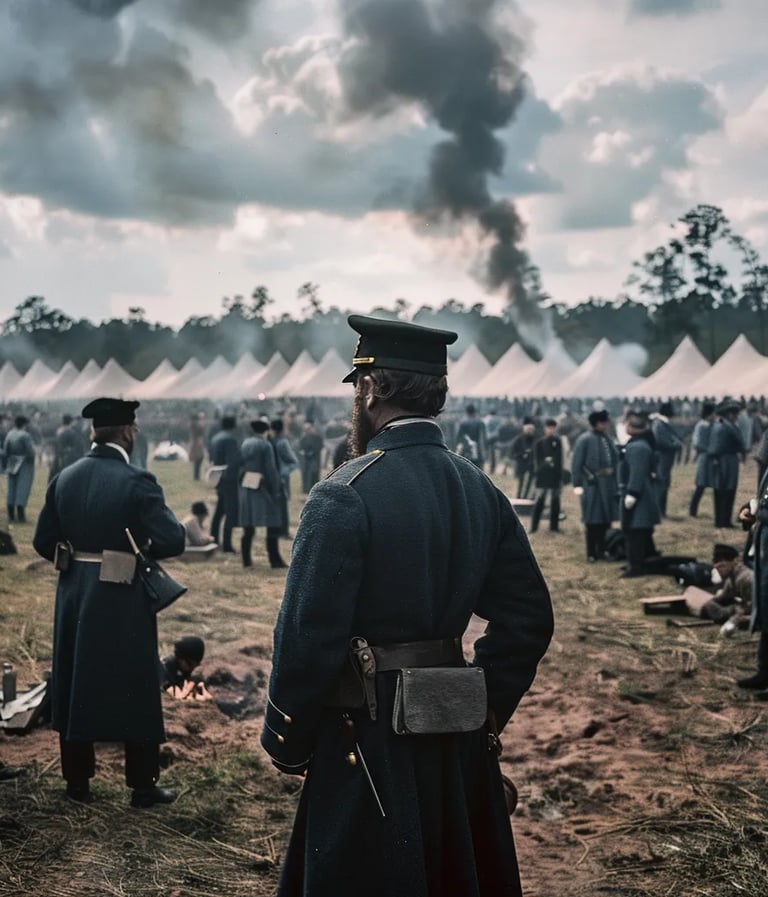

1862 – General Ulysses S. Grant Orders Jews Barred from Serving Under Him
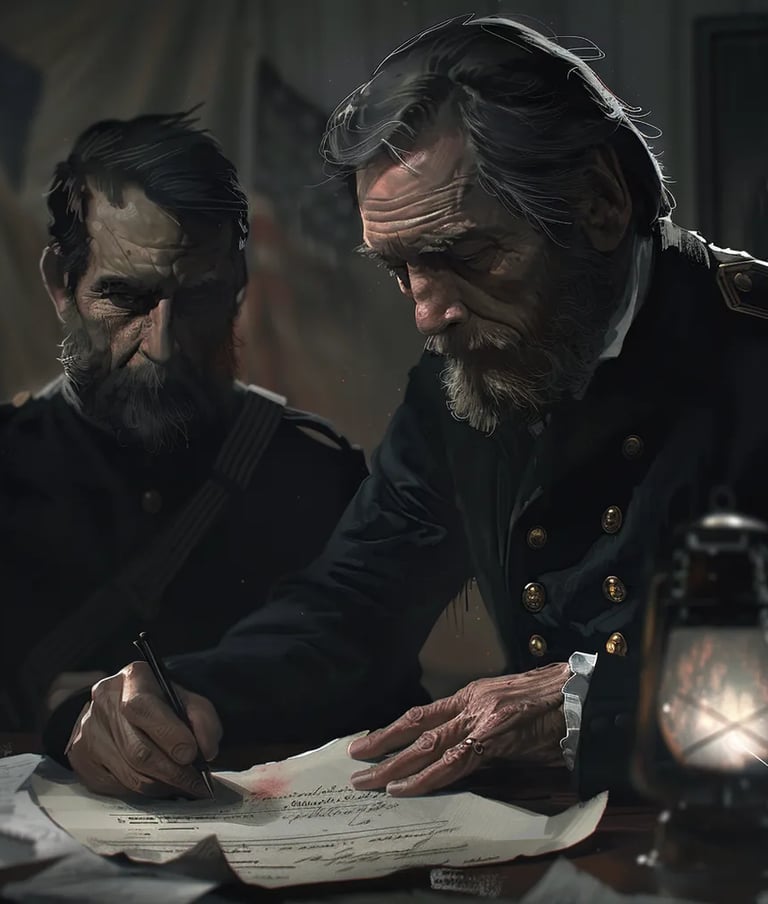

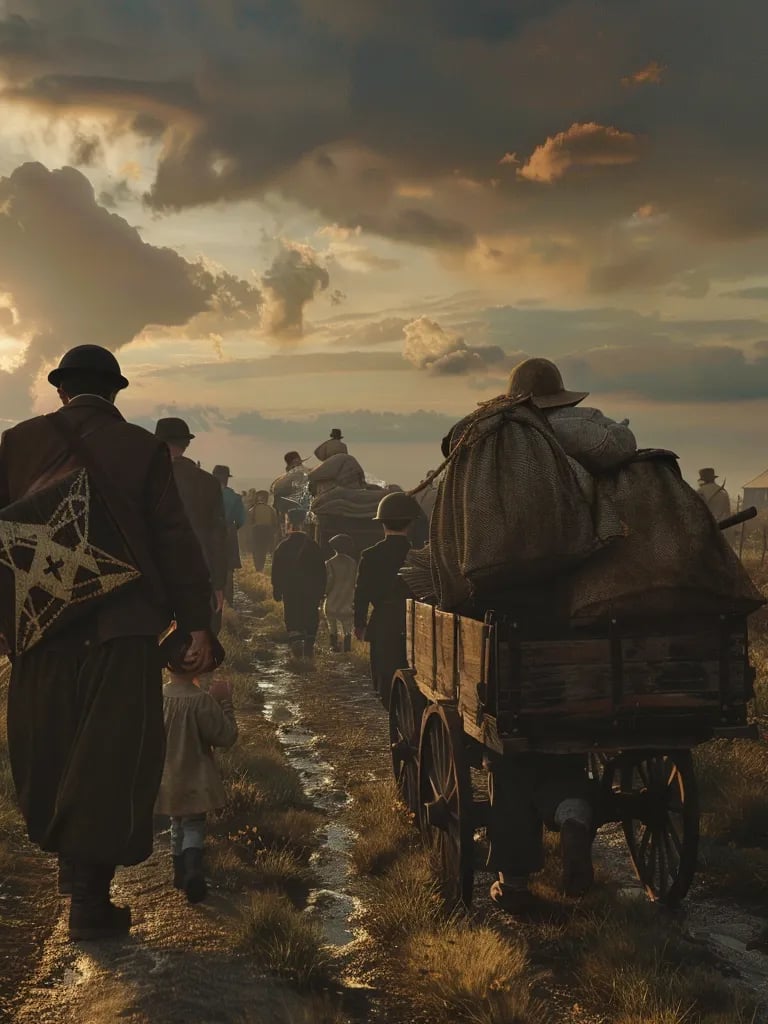

Flames engulfed Boston on November 9, 1872, in one of the most devastating urban fires in American history. The inferno raged through downtown, destroying nearly 1,000 buildings and causing millions in damages. Despite efforts to contain it, the fire’s intensity overwhelmed firefighters. The disaster led to major changes in fire safety regulations, shaping how American cities prepared for and responded to urban blazes.


1872 – The Great Boston Fire Leaves a City in Ruins
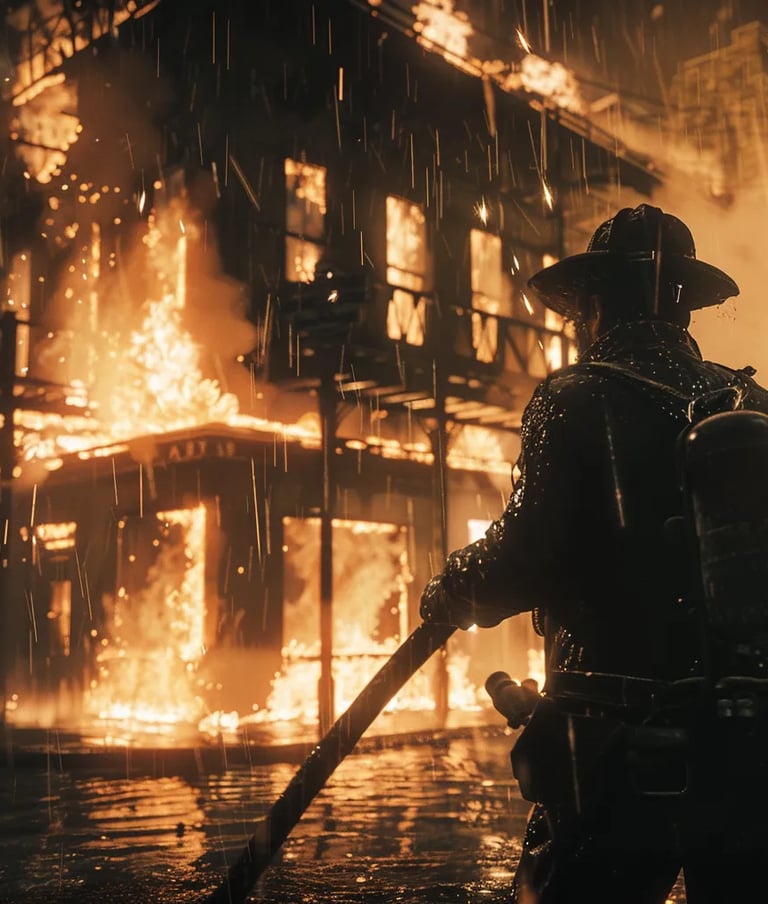

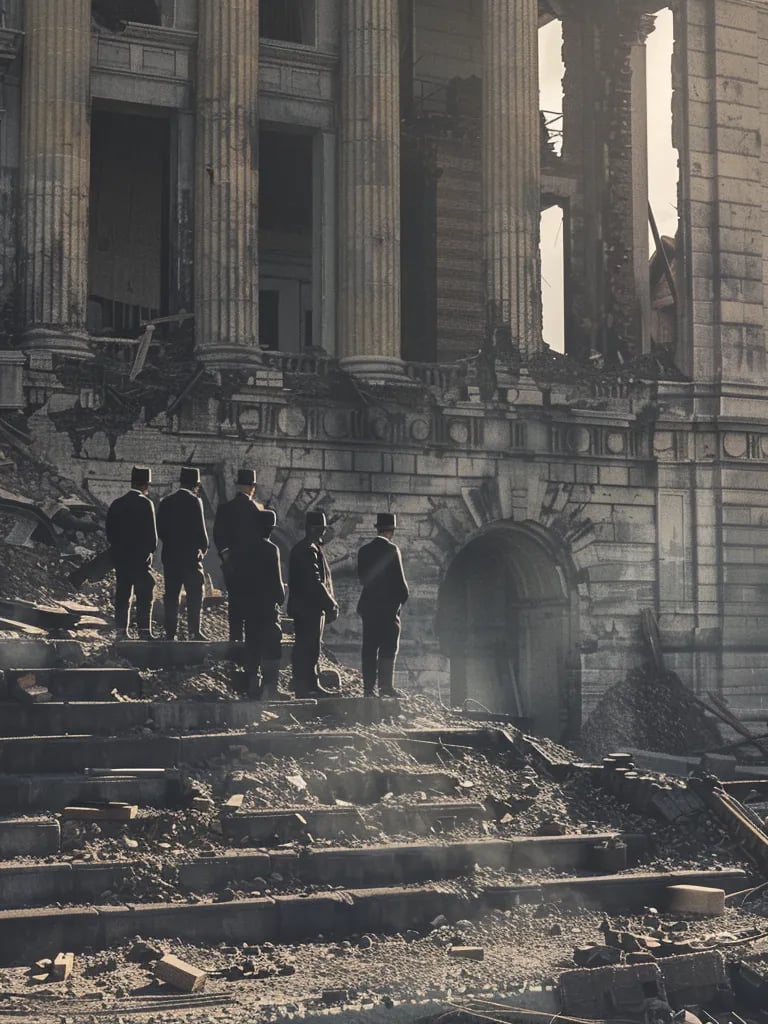

After months of relentless combat, Shanghai fell to Japanese forces on November 9, 1937. The battle, one of the bloodiest in the Second Sino-Japanese War, resulted in immense destruction and heavy casualties on both sides. The victory gave Japan a strategic foothold in China but also escalated tensions, fueling deeper resistance and setting the stage for further atrocities in the region.





